I’ve always said that I want my pictures to carry “emotional weight”. Declaring this as a primary objective is not without risks. For just on the other side of the adjective ,“emotional”, is the far less desirable adjective, “sentimental”. But exactly what differentiates “sentimental” from “emotional”?
A Google search came up with this definition for emotional:
arousing or characterized by intense feeling
Definitely something I hope my work evokes in my viewers.
A Google search for sentimental came up with this (slightly edited) definition:
dealing with feelings of tenderness, sadness, or nostalgia, typically in an exaggerated and self-indulgent way.
Note the italicized operative words, exaggerated and self-indulgent.
It goes on to offer the word, cloying, as a synonym. That word is defined as:
excessively sweet, rich, or sentimental, especially to a disgusting or sickening degree.
So we can then define a sentimental work as “a creative effort marked (or marred) by a treatment that is exaggerated, self-indulgent, and sickeningly sweet to a disgusting degree”. We definitely don’t want that!
The well-known short story writer, George Saunders, offers this definition of “sentimental”:
“Sentimental” (in my lexicon) means: “trying to claim unearned emotion.”…And then the writer’s job is to avoid sentimentality—to earn the emotion inherent in the situation.
I like that a lot. In terms of the creative process, it connotes the disciplined, diligent exertion required in mining for authentic emotion.
Sometimes the boundary between “emotional” and “sentimental” is blurry, or comes down to the individual taste of the viewer. I allow for the possibility that some of my own work has, at times, flirted with or (heaven forbid) crossed this boundary. I feel this possibility most acutely in my 2016 series, Once Upon A Time In Kazimierz. The series portrays a marriage torn apart by the tremendous shared grief resulting from the tragic loss of a child. To some degree, all of my work is about loss. But in this case, the loss is not implied, but explicit, resulting in excruciating emotional pain. In order to fully express the depth of this profound grief, I felt the need to push certain elements, such as facial expressions and choreography, to a degree I would normally have found overly theatrical. In this case, I was willing to take the risk because I felt the potential payoff was worth it.
Lastly, I will refer you to this quote by the late poet, novelist, and essayist, Jim Harrison, defending his “sentimental” work:
I'm tired of irony. ... A lot of good fiction is sentimental. ... The novelist who refuses sentiment refuses the full spectrum of human behavior, and then he just dries up. ... I would rather give full vent to all human loves and disappointments, and take a chance on being corny, than die a smartass.
JOIN US IN LOS ANGELES IN NOVEMBER—
Studio Lighting and Photomontage
Los Angeles Center of Photography
November 8-10, 2024
Three session in-person intensive workshop
Click here for info and to register
The first two days will be spent photographing models in the studio with strobe lighting. We will explore the fundamentals of how light reveals form, and thus creates mood. We learn how to create both hard and soft light using various modifiers and techniques, taking into account shape, direction, and distance. We will pay special attention to accurately matching the light in pre-existing images.
Day three will be spent working in Photoshop, where we will integrate our photographs of the models into our own background images. We will learn techniques for selection and masking, while properly integrating aspects such as color, luminance, point of view, depth of field, and grain with the underlying image.
Unleash your imagination as you merge multiple images seamlessly, creating stunning photo montages that tell stories and evoke emotion. From basic principles to sophisticated strategies, this course equips you with the skills to illuminate your photography with brilliance and finesse.





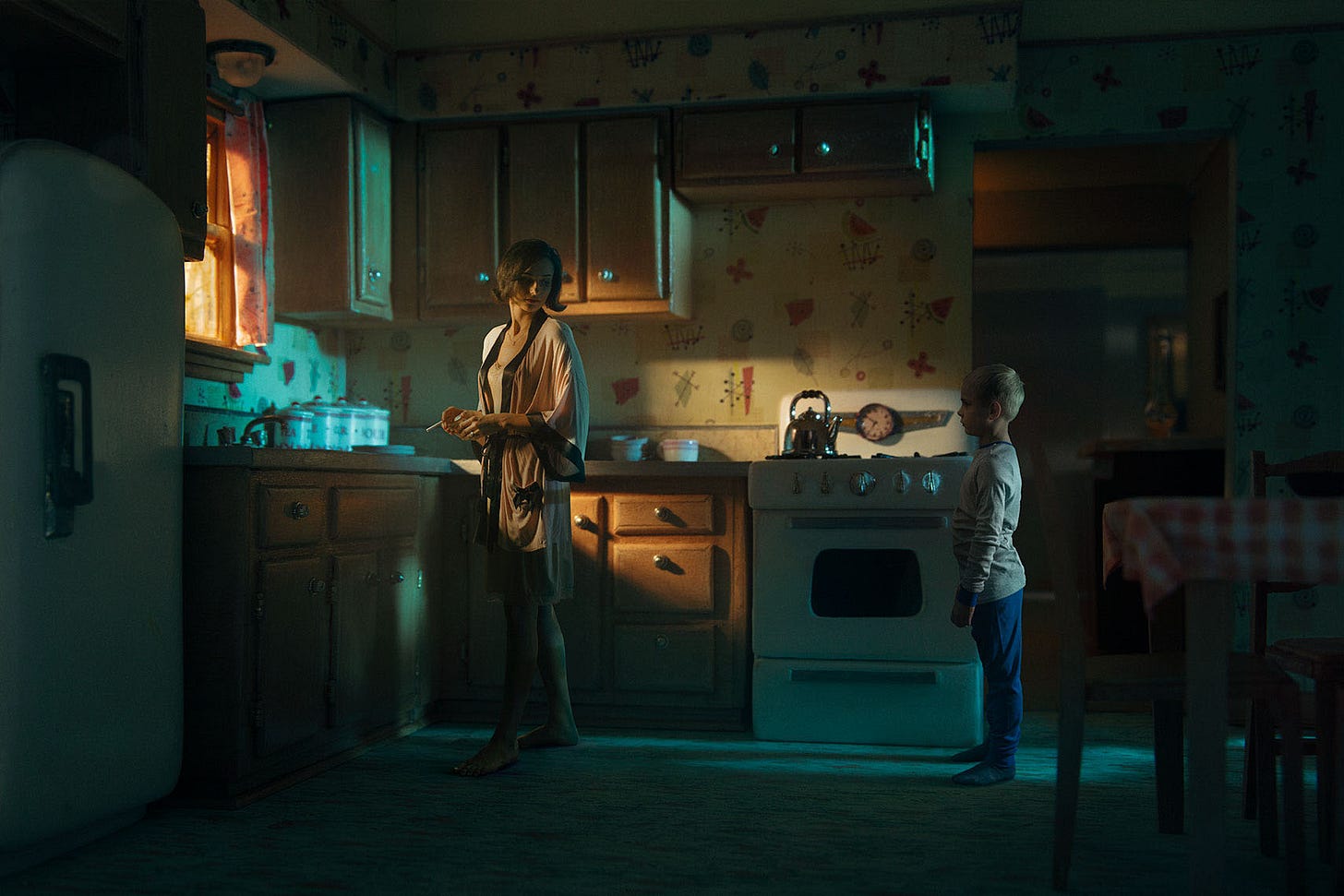
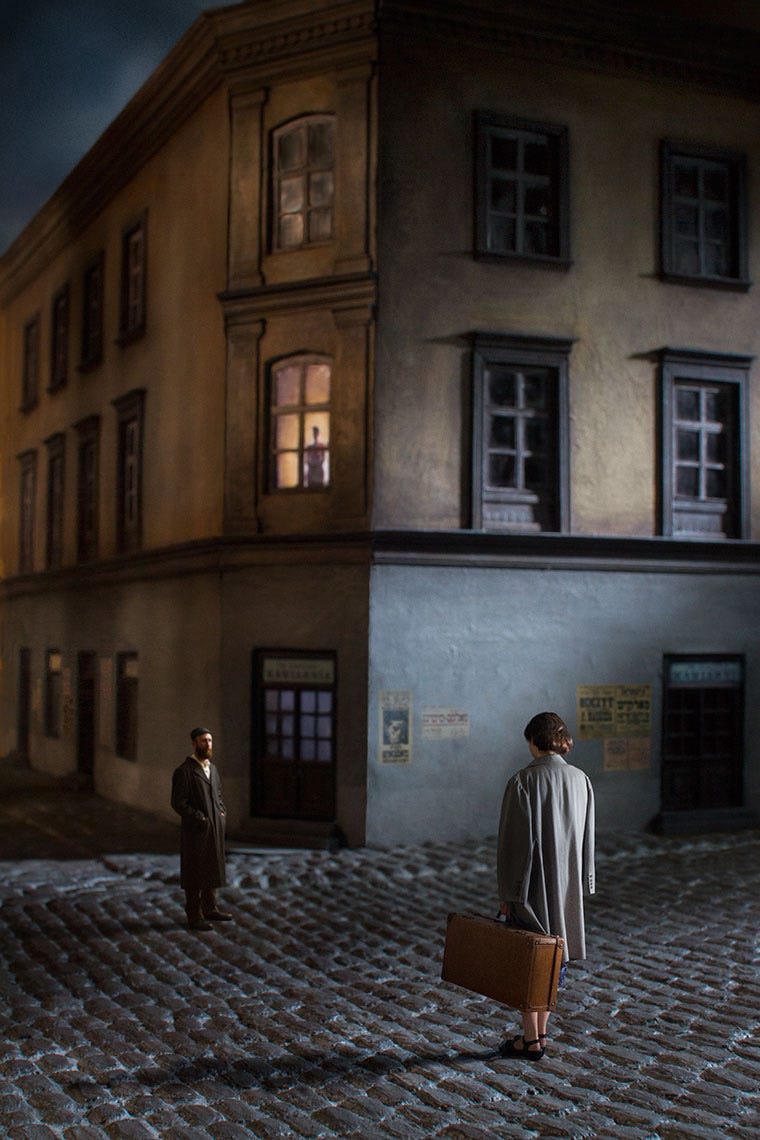
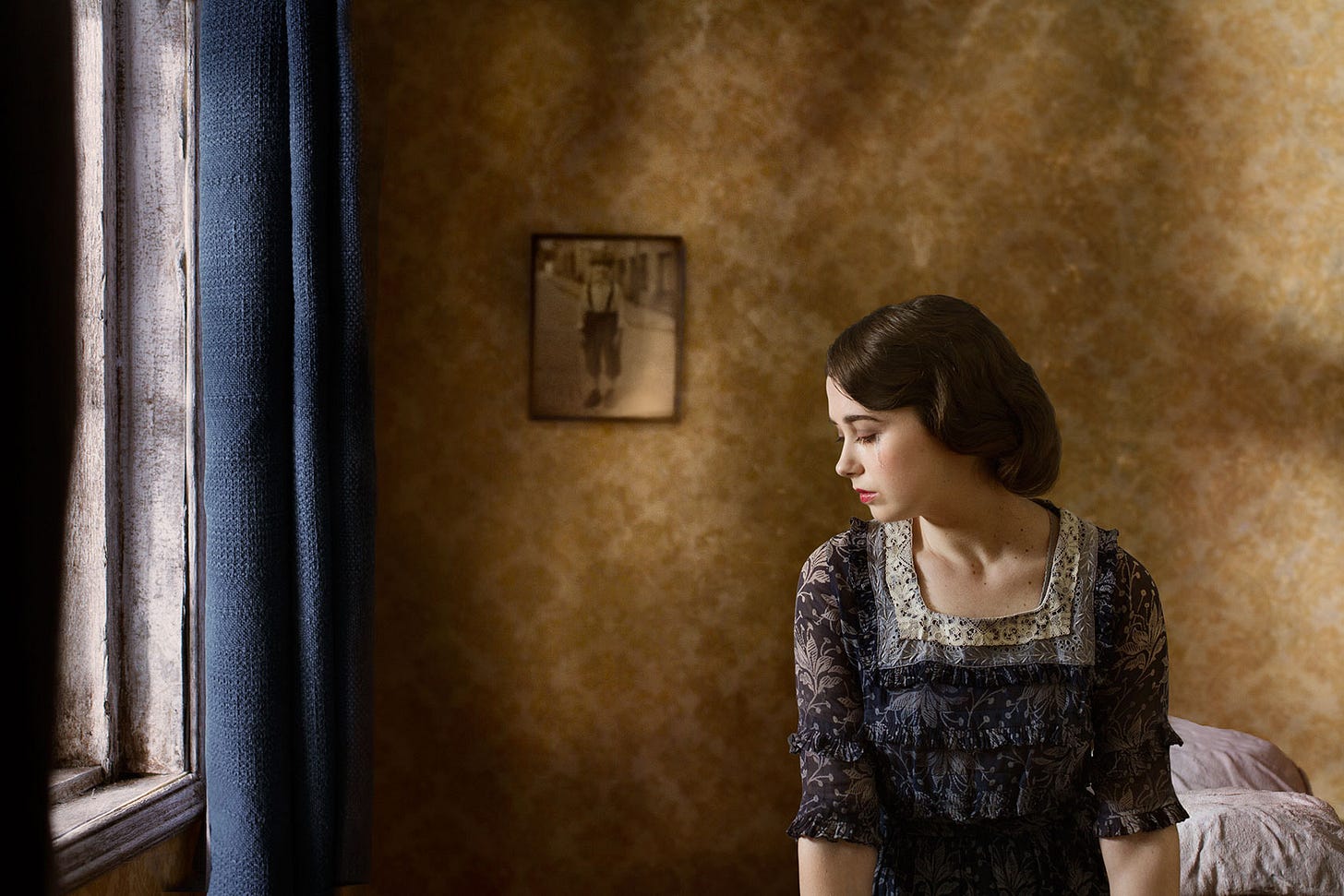

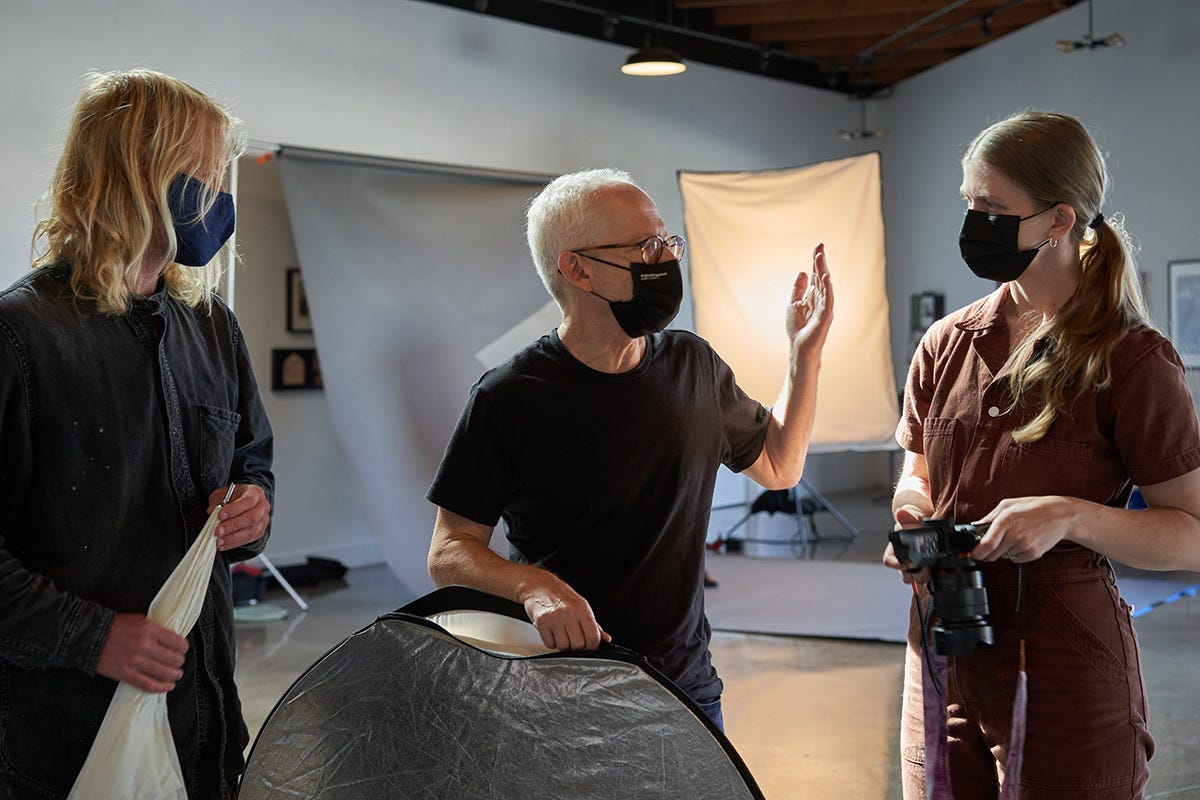
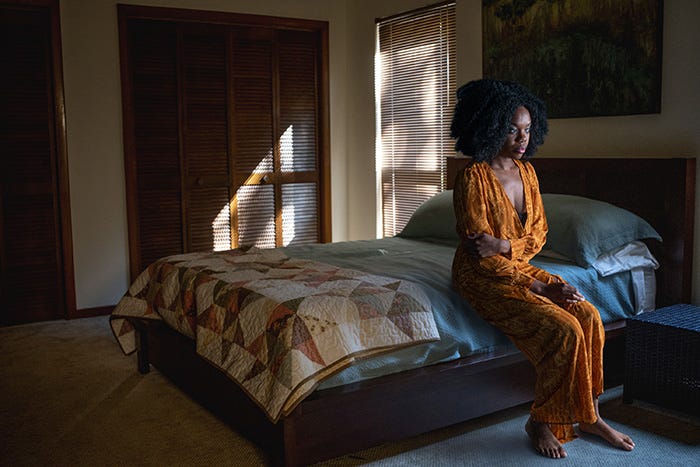
Love this essay. Such a difficult thing to juggle.